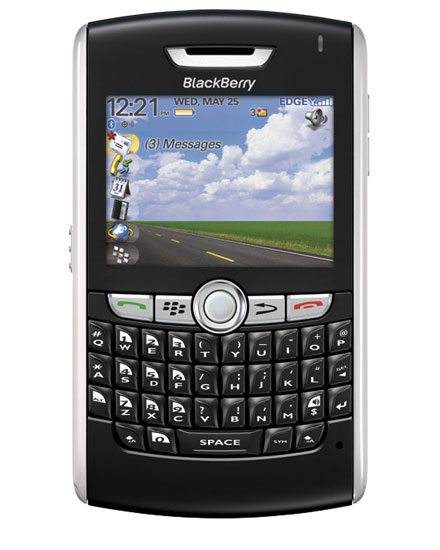A tale of two handheld players: RIM vs. Palm

This a tale of two well-known handheld device makers--Research in Motion and Palm--and their standing in the market.
Both companies had investor powwows this week. Palm held an analyst meeting and RIM reported strong earnings.
The biggest difference between the two? One, RIM, knows where it's going and is pushing the R&D envelope. The other, Palm, doesn't know its direction well enough to serve up any meaningful details.
Let's compare and contrast:
On the product roadmap:
RIM had a different tone since it just launched the BlackBerry 8800. "The BlackBerry 8800 launched on schedule in the quarter with AT&T in the U.S. and was announced with approximately 30 carriers in the rest of the world," said RIM co-CEO James Balsillie on the company's earnings conference call. "This is the fastest global ramp we have ever had for a new product launch and the rollout across these multiple markets has been a success."
On the consumer market:
RIM is already lighting up the consumer market. "If I had to bet, I don’t think it will be too long before consumer outsells enterprise. I think it might be a little sooner than people imagine but it is just going to be race of who is growing more extra fast," said Balsillie. Meanwhile, RIM has worked on packaging the Pearl to appeal to consumers. After all, a red Pearl or white Pearl is considered innovation by carriers.
On the software platform:
Palm's big news was that it would restore the Palm OS via Linux. In other words, Palm devices will now be available in Windows Mobile and Palm. The big questions: Can the Palm OS regain its momentum after being neglected? Will Palm muddle its OS message with Palm and Windows? RBC Capital Markets analyst Mike Abramsky speculates that Palm may cook up web applications for storage, photos and applications to woo small businesses and consumers.
RIM is straightforward. It has its own operating system that will gain momentum as Pearls are sold at a rapid clip. While Windows Mobile may be a threat, Balsillie noted that "a switch went off sometime" as carriers saw RIM's software as more than just a niche business application. "There is a real intense focus on carriers for profit right now and they have seen that the strategic BlackBerry platform is not just a browser pipe model to disintermediate them," said Balsillie. RIM also recently announced the BlackBerry Java developer environment so new applications can be built.
International growth:
Palm talked about its international plans a bit, but for the most part the company is confined to North America and Latin America. ThinkEquity analyst Jonathan Hoopes notes that China is going to become Palm's focus, but not until 2008 or 2009.
RIM has been expanding internationally and forging carrier agreements to carry the BlackBerry. Carriers added in the quarter included CLARO in El Salvador, Guatemala, Nicaragua, Paraguay, Uruguay, DoCoMo U.S.A., Vivo Brazil, Fastlink Jordan, China Mobile Hong Kong, and Vodafone in Bahrain, Indonesia, and Malaysia.
Advantage RIM by a wide margin.